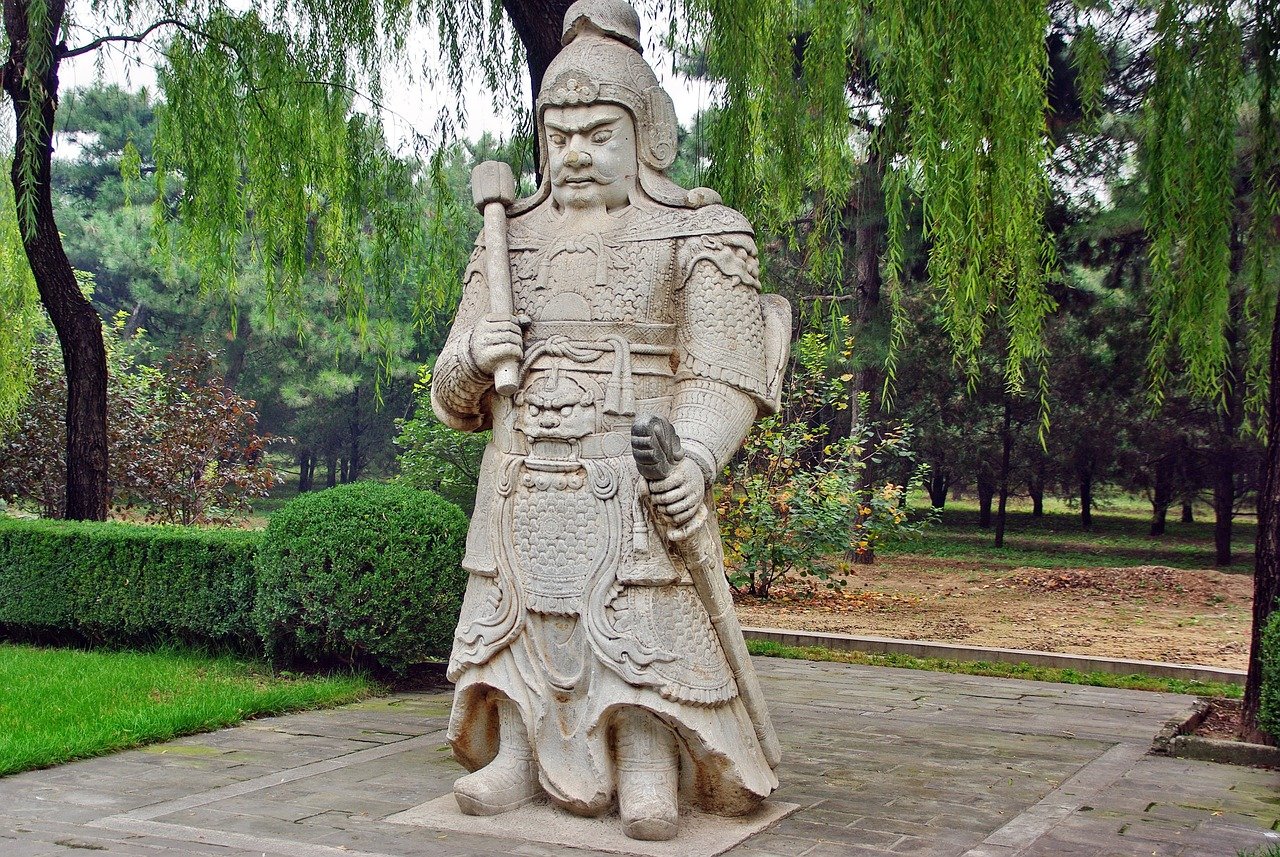
A Stroll Through the Ming Xiaoling Mausoleum, Nanjing
Ah, the Ming Xiaoling Mausoleum—this name conjures images of grandeur, history, and a profound respect for the past. As the final resting place of the Hongwu Emperor, Zhu Yuanzhang, the founder of the Ming Dynasty, this mausoleum is a masterpiece of architecture and a serene oasis nestled in the lush foothills of Purple Mountain. So, grab your camera, your sense of wonder, and perhaps a little curiosity, because you’re about to embark on an enchanting journey through this historical treasure!
First Stop: The Grand Approach
As you make your way to the Ming Xiaoling Mausoleum, you’ll be greeted by an impressive pathway lined with ancient cypress trees, some of which are over 600 years old. This majestic approach is adorned with stone carvings, leading you deeper into the site and setting the tone for what lies ahead. Take a moment to soak in the atmosphere—this is a path that many have walked before, a journey steeped in history.
The Imposing Spirit Way
At the entrance, you’ll encounter the Spirit Way (Shendao), a stunning pathway flanked by stone statues of mythical creatures and officials. This avenue symbolizes the emperor’s journey to the afterlife, and as you walk along it, you can’t help but feel the weight of history. The lifelike statues, including the famous stone elephants and camels, serve as guardians, adding to the mystique of this sacred place. Each figure tells a story, representing the emperor’s status and the beliefs of the time.
The Main Mausoleum Structure
Upon reaching the mausoleum itself, you’ll be awestruck by its architectural beauty. The main structure, with its majestic blue roof and intricate wooden carvings, is a stunning example of Ming Dynasty architecture. The layout follows the traditional Chinese principles of feng shui, harmonizing the natural landscape with human design. The mausoleum is enveloped in tranquility, making it a perfect spot for reflection and appreciation of the artistry involved in its construction.
The Tomb of the Hongwu Emperor
Inside the mausoleum lies the tomb of the Hongwu Emperor, a simple yet powerful resting place that emphasizes humility despite his immense power. The tomb is surrounded by a vast, peaceful area filled with ancient trees and serene landscapes. Here, visitors can learn about the life and accomplishments of Zhu Yuanzhang, whose reign marked the beginning of the Ming Dynasty, a period known for its cultural and economic prosperity.
A Connection to Nature
The Ming Xiaoling Mausoleum is not just a tribute to a ruler; it’s also a place where nature and history intertwine. The surrounding area boasts picturesque gardens and hiking trails that lead to stunning viewpoints overlooking the city of Nanjing. As you wander through the grounds, take time to enjoy the serene atmosphere, the fragrant blossoms in spring, and the vibrant foliage in autumn. The beauty of the natural landscape enhances the mausoleum’s historical significance.
A Symbol of Cultural Heritage
Visiting the Ming Xiaoling Mausoleum is an opportunity to connect with China’s rich cultural heritage. It stands as a testament to the Ming Dynasty’s achievements and the enduring legacy of the Hongwu Emperor. Many local visitors come to pay their respects, fostering a sense of national pride and continuity with the past.
Final Thoughts: A Historical Retreat
The Ming Xiaoling Mausoleum is more than just a burial site; it’s a journey through time and a celebration of a pivotal era in Chinese history. As you walk along the Spirit Way, marvel at the architectural splendor, and reflect on the life of the Hongwu Emperor, you’ll feel a deep connection to the ideals of resilience and progress that defined the Ming Dynasty.
So, grab your camera, embrace the tranquility of this historical site, and prepare for an experience that will linger long after you’ve left the serene grounds of the Ming Xiaoling Mausoleum. In a place so rich in history and natural beauty, every step you take is a step into the heart of China’s glorious past!